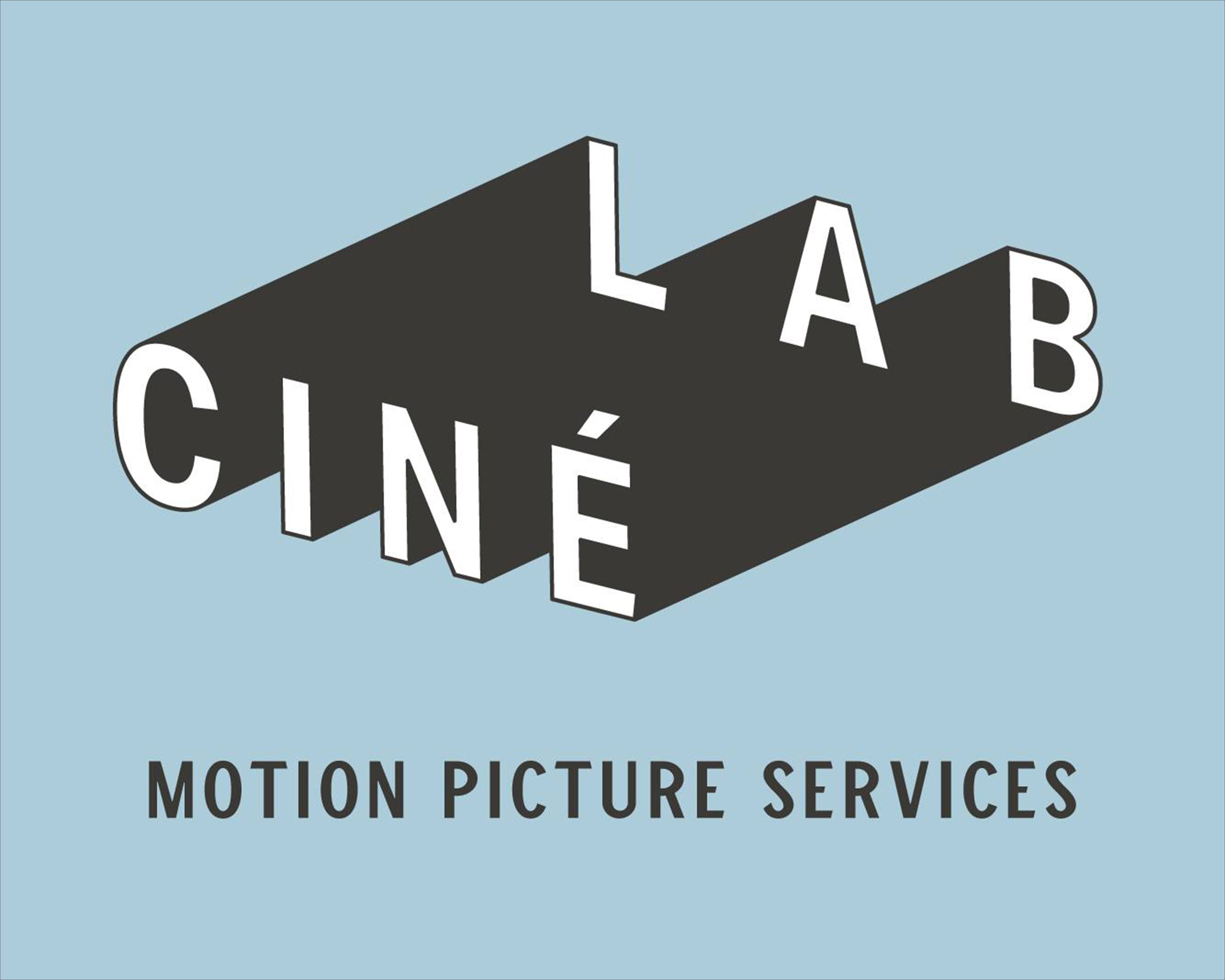Well this question definitely belongs in here I think as you couldn't get anything more basic.
I've actually shot a lot of film, video, and even some still photography, but with modern cameras being what they are, I've virtually never had to use an external light meter as there was always one built into the camera. Sometimes the camera had a light meter bult in that gave a reading you had to dial in yourself but that was about it.
I've been having to face up to the fact I'm going to need to use the external meter on a film I'm working on because one of the cameras I am using has a dead meter built in. It is my favourite S8 camera because I love the lens on it, but I have another S8 camera (whose lens I hate) which I have been using a lot because it has built in metering that works (and an interlavometer too). I've been taking the meter around with me (an old weston master 2 cine meter) and comparing the results against those from the built in camera meter, and while sometimes I seem to get results preety close, occasionally I'm getting results wildly different.
I went to the university and checked my meter against the ones there to discover that the meter is only perhaps slightly off. I have to face the fact that I'm doing something wrong.
The lecturer there suggested I should be angling my meter to the floor a bit, whereas I've been trying to point it at the subject I want to film.
It occurs to me that the meter in the camera sees the light in the scene that you have framed for. The light you have allowed to come through the lens whereas the meter just sees what light is there. Theres no way you can zoom in the meter or frame it especially. Perhaps this is the problem I am having. It seems from my experience that maybe it was but I wasn't sure and was hoping to experiment more to find out.
However, yesterday I got caught in the middle of a large open field when it started to hail and rain very, very violently. By the time I had run across the field to the moscow state circus, I was absolutely drenched. I think some water must have got into my working camera as now it keeps reading the maximum amount of light possible, even when it is quite dark. The meter is dead in other words.
Perhaps it will dry out and be okay, but I've not been so lucky lately and I need to learn to use the meter anyway.
Oh yes I almost forgot to say, I'm shooting reversal (K40!), yes it's going to be a blast!
Any tips or help are welcome. Am I doing anything obviously wrong?
love
Freya
I've actually shot a lot of film, video, and even some still photography, but with modern cameras being what they are, I've virtually never had to use an external light meter as there was always one built into the camera. Sometimes the camera had a light meter bult in that gave a reading you had to dial in yourself but that was about it.
I've been having to face up to the fact I'm going to need to use the external meter on a film I'm working on because one of the cameras I am using has a dead meter built in. It is my favourite S8 camera because I love the lens on it, but I have another S8 camera (whose lens I hate) which I have been using a lot because it has built in metering that works (and an interlavometer too). I've been taking the meter around with me (an old weston master 2 cine meter) and comparing the results against those from the built in camera meter, and while sometimes I seem to get results preety close, occasionally I'm getting results wildly different.
I went to the university and checked my meter against the ones there to discover that the meter is only perhaps slightly off. I have to face the fact that I'm doing something wrong.
The lecturer there suggested I should be angling my meter to the floor a bit, whereas I've been trying to point it at the subject I want to film.
It occurs to me that the meter in the camera sees the light in the scene that you have framed for. The light you have allowed to come through the lens whereas the meter just sees what light is there. Theres no way you can zoom in the meter or frame it especially. Perhaps this is the problem I am having. It seems from my experience that maybe it was but I wasn't sure and was hoping to experiment more to find out.
However, yesterday I got caught in the middle of a large open field when it started to hail and rain very, very violently. By the time I had run across the field to the moscow state circus, I was absolutely drenched. I think some water must have got into my working camera as now it keeps reading the maximum amount of light possible, even when it is quite dark. The meter is dead in other words.
Perhaps it will dry out and be okay, but I've not been so lucky lately and I need to learn to use the meter anyway.
Oh yes I almost forgot to say, I'm shooting reversal (K40!), yes it's going to be a blast!
Any tips or help are welcome. Am I doing anything obviously wrong?
love
Freya




